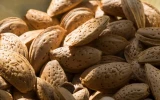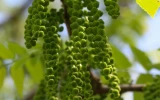Is Nut Farming Profitable? (Detailed Breakdown 2024)
As of 2024, the profitability of nut farming hinges on several factors, such as market demand, production costs, and the influence of climate conditions. In this article, we'll give you a detailed breakdown of the financial landscape of nut farming, providing insights into its potential as a lucrative endeavor.
For almonds in California, startup costs can range from $7,000 to $9,000 per acre, with annual operating costs around $5,300 per acre. Mature trees may yield approximately 2,200 to 3,000 pounds per acre, with prices averaging $2.50 per pound, leading to gross revenues of $5,500 to $7,500 per acre.
For walnuts, the initial investment is similar, but yields and prices can differ, affecting profitability. Understanding how to cut costs while boosting your yields is essential to increasing profitability. Let's take a look at some useful tips you can practice to minimize costs and maximize profits in nut farming.
Summary
- Black walnut trees and Macadamia nuts are highly profitable crops, with black walnuts yielding $12,000 to $20,000 per acre and macadamias yielding $15,000 to $25,000 per acre.
- Engaging in the production of value-added nut products, such as nut butter, can result in annual revenues ranging from $10,000 to $50,000, while the production of nut oils may yield annual revenues of $20,000 to $100,000.
- With an estimated yield of 2,000 to 2,500 pounds per acre and a price range of $5 to $6 per pound, almond farming presents a significant opportunity for substantial returns.
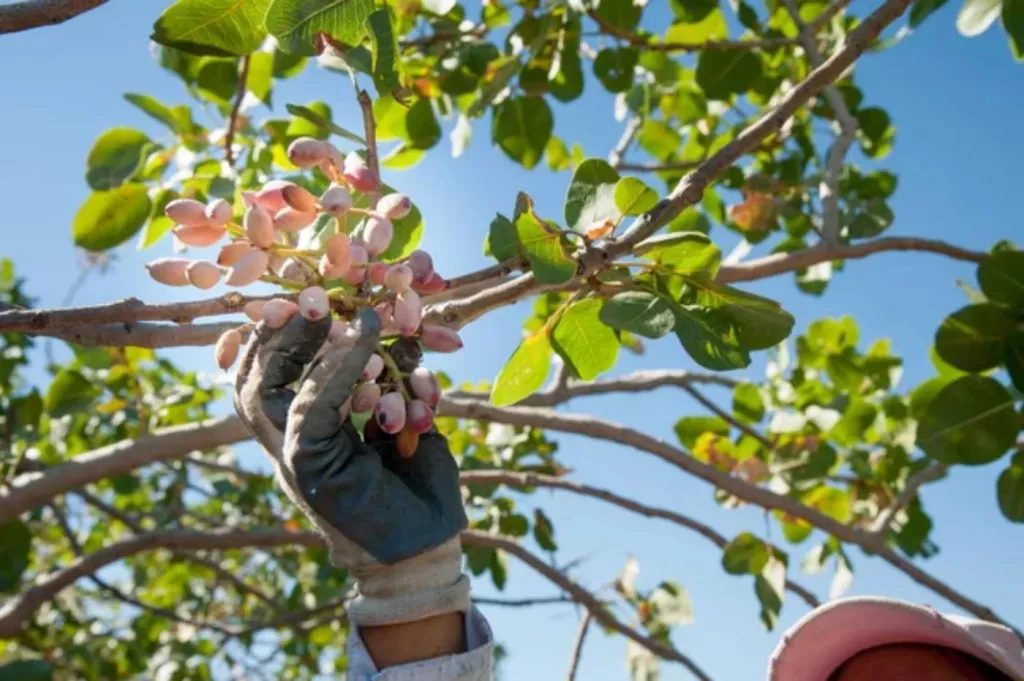
On this page:
Profitability of Nut Farming
Your potential revenue depends largely on the yield of your chosen nut type, but also on value-added products like nut butter and nut oils.
Estimated profit per acre for different nut types
In the realm of nut tree farming, different nuts can yield different profit margins. For example, black walnut trees show promising returns ranging from $12,000 to $20,000 per acre.
Macadamia nuts have a similar high-profit potential with farmers seeing returns between $15,000 and $25,000 per acre.
| Nut Type | Estimated Profit per Acre |
|---|---|
| Black walnut | $12,000 - $20,000 |
| Macadamia | $15,000 - $25,000 |
| Almonds | $6,000 - $12,000 |
| Pecans | $6,000 - $12,000 |
Black walnut trees have high estimated returns
Black walnut trees are at the higher end of the profit scale, with estimated returns ranging from $12,000 to $20,000 per acre. This high profitability can be attributed to the demand for not only the nuts but also the wood, which is highly valued for furniture and veneer.
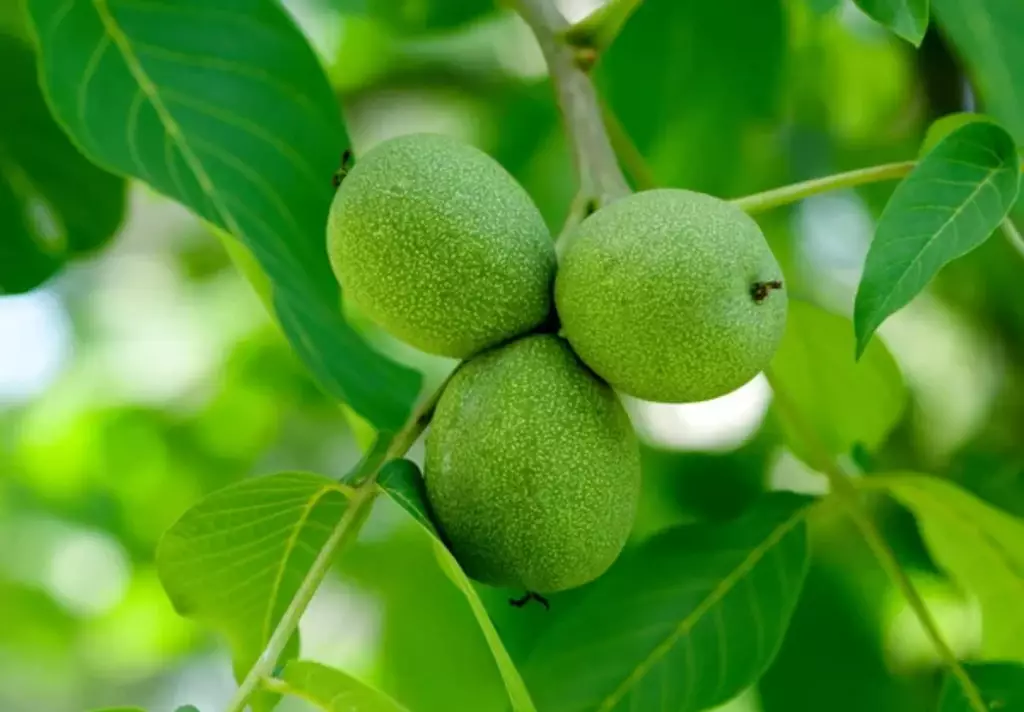
The long maturity cycle of black walnut trees means that while the initial years require patience and investment without return, the long-term payoff can be substantial.
Macadamia has one of the highest potential profits among nut crops
The high value of Macadamia nuts is due to their demand in the global market, particularly in the luxury food sector.
These trees thrive in specific climates and require a significant initial investment for irrigation and maintenance, but their high yield per acre makes them a lucrative option for farmers in suitable regions. Find out more about the profitability of macadamia farming from this article.
Almonds also give a substantial profit per acre
Almonds have become one of the most popular nuts globally, thanks to their health benefits and versatility in use. The estimated profit per acre for almond farming ranges from $6,000 to $12,000.
This wide range can be influenced by water availability, as almond trees are water-intensive, and the cost of water can significantly affect overall profitability. Despite these costs, the strong global demand for almonds makes them a solid choice for nut farming. A more detailed discussion of the potential profit from almond farming can be found in this article.
Pecans are as profitable as almonds
Pecan trees, like almonds, offer a profit range of $6,000 to $12,000 per acre. This similarity in profitability can be attributed to the comparable market demand and growing conditions required by both nuts.
Pecan trees can produce nuts for many decades, offering a long-term investment return. The profitability of pecans can vary based on factors such as nut quality, yield, and market prices, which fluctuate based on supply and demand dynamics.
Revenue streams in nut farming
| Revenue Stream | Potential Revenue Sources | Estimated Revenue Range |
|---|---|---|
| Raw nut sales | Selling harvested nuts in their raw form. | $500 - $5,000 per acre |
| Nut butter | Producing and selling nut butter, such as almond butter or cashew butter. | $10,000 - $50,000 annually |
| Nut oils | Extracting and selling oils from nuts for culinary and cosmetic uses. | $20,000 - $100,000 annually |
| Farm-to-table experiences | Hosting meals that feature products from the farm, including nuts and products made from nuts. | $1,000 - $10,000 per event |
| Educational workshops | Offering workshops on nut farming, sustainability, and product making. | $500 - $5,000 per workshop |
Besides selling raw nuts, exploring value-added products can significantly boost your earnings. Producing nut butter or nut oils can open up new distribution channels and increase your profitability.
Moreover, your farm can offer other sources of income like farm-to-table experiences and educational workshops based on nut tree farming profitability.
Profit margins for different types of nut farming
| Type of Nut Farming | Profit Margin | Key Factors Influencing Profitability |
|---|---|---|
| Hazelnut farming | 20-30% | Demand in global market, efficient harvesting and processing techniques, selection of high-yielding cultivars |
| Macadamia nut farming | >15% | High demand in international markets, premium market pricing, specific climatic requirements for cultivation |
| Oak and heartnut farming | 15-20% | Niche market opportunities, market demand for these nuts, cultivation and processing costs |
| Cashew nut farming | 15-20% | Efficiency of processing operations, market prices for processed cashews, quality of raw nuts |
Nut farming and processing, including hazelnuts, macadamias, oak and heartnut trees, and cashew nuts, offer profit margins ranging from 15% to over 30%.
Profitability is driven by factors such as global demand, market prices, cultivation conditions, and efficient management practices.
Hazelnuts and macadamias benefit from high demand and premium pricing. Oak and heartnut trees offer niche market opportunities with significant per-acre earnings.
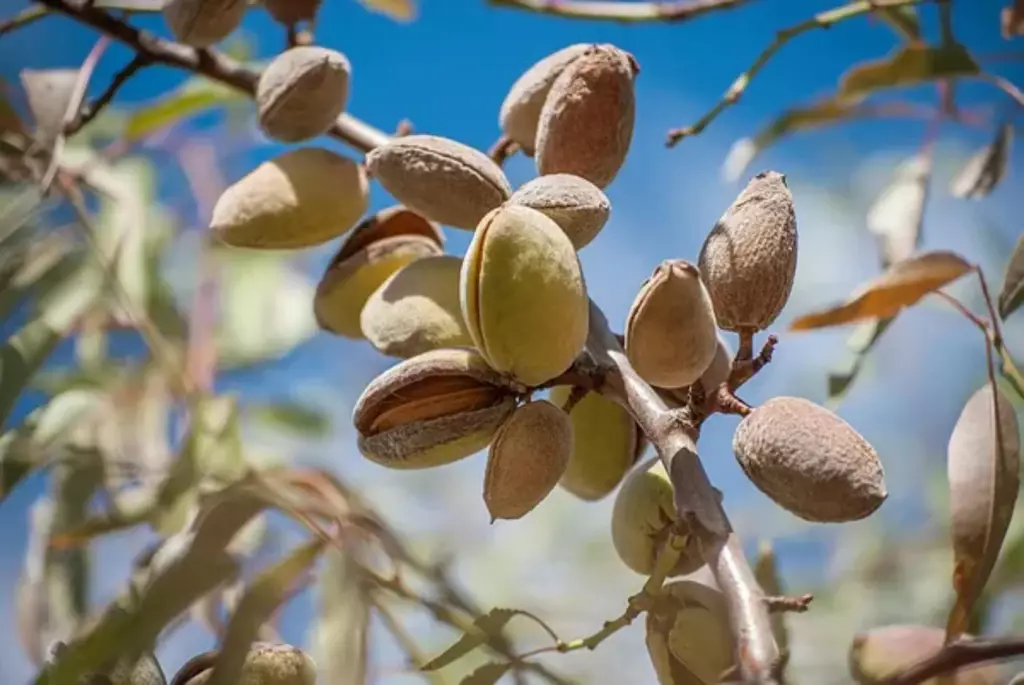
Cashew nut processing enhances value, with profits affected by operational efficiency and market dynamics.
Breakdown of Costs in Nut Farming
When you're evaluating the profitability of nut farming, your initial costs will include land acquisition, which can vary greatly based on location and soil type. Additionally, purchasing saplings varies by nut type and can significantly impact your budget.
For operational costs, labor is a primary expense as nut trees require regular pruning and harvesting. The precise cost is contingent on local wage rates and the size of your operation. Fertilizers and pest control ensure healthy trees and yield but add to your cost ledger.
The table below illustrates a range of costs that you might encounter:
| Expense | Estimated Cost Range |
|---|---|
| Land | Varies by location |
| Saplings | $5 - $500 per tree |
| Labor | Minimum wage - $20/hr |
| Fertilizers | $100 - $500/acre |
| Pest control | $50 - $300/acre |
| Pruning | $100 - $300/acre |
Initial costs in nut farming
When entering the nut farming industry, the initial costs form a significant part of your initial investment, determining the scale and potential of your farm. These costs are primarily one-time or infrequent expenses that lay the foundation for your farming operations.
Land acquisition costs
The cost of land is one of the most variable and potentially the largest initial expense. The price depends heavily on the location, soil fertility, access to water, and the current market conditions.
Ideal land for nut farming should have the right soil type for the specific nut trees you plan to cultivate and access to irrigation. Since this cost varies widely, prospective farmers need to research local land prices or consult with real estate experts within the agricultural sector.
Saplings purchase costs
The choice of nut type will significantly impact the initial cost due to the variance in sapling prices, which can range from as low as $5 to as high as $500 per tree.
Some nut trees, like almonds and walnuts, might be on the higher end due to their longer maturation period and the initial care required to establish a healthy tree. When planning the budget, consider the number of trees per acre and the total acreage to be planted.
Operational costs in nut farming
Operational costs are recurring expenses necessary for the day-to-day running of the nut farm. These costs are critical for budgeting as they affect the farm's profitability over time.
Labor costs
Labor costs include wages for workers involved in pruning, harvesting, and other farm maintenance activities. Labor costs can vary significantly based on the local minimum wage laws, the skill level required, and the size of your operation.
Seasonal variations in labor needs, especially during harvest, can also affect your overall labor budget.
Cost of fertilizers
Fertilizers are essential for ensuring the health and productivity of nut trees. The cost can range from $100 to $500 per acre depending on the type of fertilizer used and the application frequency.
Organic farms might see higher costs due to the price of organic fertilizers.
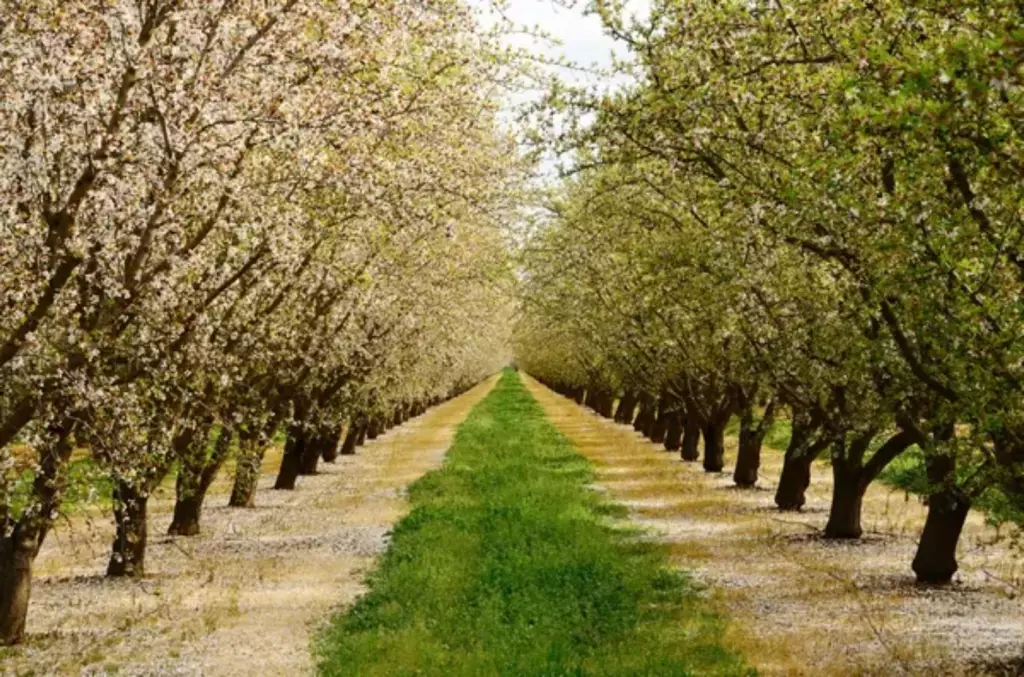
Pest control costs
Effective pest control is crucial for protecting the crop from pests and diseases, with costs ranging between $50 and $300 per acre. This includes the cost of pesticides or organic pest control methods, labor for application, and monitoring systems.
Pruning expenses
Pruning is necessary for the health of the trees and to maximize yield. The cost for pruning can range from $100 to $300 per acre, depending on the size of the operation and the complexity of the pruning required. This cost includes labor and any specialized equipment needed.
Factors Affecting the Profitability of Nut Farms
When you're considering nut farming, several factors will influence your profits. It's not just about planting trees and harvesting; you should be mindful of elements such as:
Optimal climate conditions for nut trees
The climate plays a pivotal role in the cultivation of nut trees, as different varieties have distinct climatic needs. For instance, walnut trees require a specific number of chilling hours to ensure a fruitful yield.
This necessitates that farmers select tree species that are compatible with their region's climatic conditions to optimize production and quality.
Soil quality and its impact on nut production
The health of nut trees and their productivity are closely tied to the condition of the soil in which they are planted. Ideal soil conditions for nut farming include well-drained and fertile soil, with a pH level ranging from 6.0 to 7.5.
These factors contribute to optimal tree growth and nut yield, highlighting the importance of soil testing and management in nut farm operations.
| Soil Property | Preferred Range |
|---|---|
| pH | 6.0 - 7.5 |
| Drainage | Well-drained |
The influence of market demand on nut farming profits
Market demand significantly affects the profitability of nut farms. The prices and profitability of nuts are directly influenced by their popularity and demand in the market.
Nuts such as almonds and pistachios currently enjoy high demand in both domestic and international markets, underscoring the importance of market research and strategic crop selection for farmers aiming to maximize their returns.
Technological, regulatory, and environmental factors
The profitability of nut farms is also subject to various drivers and restraints, including technological advancements in farming practices, regulatory changes, and environmental considerations.
Innovations in agriculture can improve efficiency and yields, while regulatory policies can affect operational practices and market access.
Environmental sustainability practices can also influence consumer preference and market demand. Farmers must navigate these factors carefully to ensure long-term profitability and sustainability.
How to Cut Costs While Boosting Your Yield
Nut trees such as almond, pecan, and walnut trees can become quite lucrative, but managing your expenses and maximizing income is crucial.
Optimizing space and cultivation methods
To start, you should evaluate your space usage. Dense planting can lead to higher yields but requires careful management to prevent disease and ensure adequate light. Use appropriate cultivars and techniques like cross-pollination to enhance the yield:
| Nut Tree | Estimated Yield Range (per acre) |
|---|---|
| Almond trees | 2,000 - 2,500 lbs |
| Pecan trees | 1,200 - 2,000 lbs |
| Walnut trees | 1,000 - 3,000 lbs |
Carefully choosing the type of nut trees
Selecting the right type of nut tree considering your regional climate—like almonds in California or pecans in Georgia—is key. For areas prone to frost, consider frost-resistant types such as certain hazelnut trees.
Employing integrated pest management
Rather than relying heavily on pesticides, opt for sustainable practices like organically certified methods to keep pest populations in check, which can also increase your market appeal in areas like Europe or North America, where organic products are highly valued.
Keeping up with your marketing and sales strategy
Your marketing efforts can make a significant difference. Gain insights into the demand for various nuts like macadamia nuts and pistachios in different regions, from Asia-Pacific to Brazil.
This way, you can tailor your production to market demands and secure better prices.
Best Nut Trees
Below is a brief overview of some of the most promising nut tree types:
| Nut Tree Type | Key Advantages |
|---|---|
| Black Walnut | - High-quality nuts and valuable timber - Offers diverse revenue streams (nut sales and wood) - Mature trees can be especially lucrative |
| Pecan | - Delicious nuts - Substantial profits from mature trees - Maturity takes about 6-10 years |
| Almond | - High demand for nuts - Significant profits due to high yield and market price |
Black walnut is best known for its high-quality nuts
The nuts from black walnut trees are sought after for their rich flavor and nutritional content, making them a popular choice for culinary uses.
Beyond their nuts, the wood of black walnut trees is prized for its durability, color, and grain, making it one of the most sought-after woods for furniture, cabinetry, and other woodworking projects.
As black walnut trees mature at around 25 years of age, they become more valuable, offering significant long-term investment returns
Pecan trees are favored for their delicious nuts
Pecan nuts are rich in healthy fats, vitamins, and minerals, making them a nutritious addition to the diet. These trees can yield substantial profits once they reach maturity, which typically takes about 6-10 years.
The long-term investment in pecan cultivation can be quite rewarding due to the high demand and relatively steady market prices for pecans.
With a maturity time of 6-10 years, pecan trees start producing sooner than some other nut trees, offering earlier returns on investment.
Almonds are in demand nut-producing trees
Almond trees are in high demand globally, thanks to the widespread popularity of almonds as a health food. Almonds are packed with protein, healthy fats, vitamins, and minerals, making them an essential part of a balanced diet for many people.
The demand for almonds has been consistently high, leading to significant profits for growers. Almond cultivation can be particularly profitable due to the trees' high yield and the nuts' high market price.
Fastest Growing Nut Trees
When considering nut farming, certain trees outpace others in growth and reach profitability faster. Almonds, black walnuts, and pecans stand out as some of the quickest to mature.
Almonds, for instance, can start producing nuts within 3-4 years. Similarly, black walnuts take roughly 4-7 years before you can begin harvesting. On the faster side, pecans might produce a small crop in as little as 4 years.
| Nut Tree Type | Time to First Harvest |
|---|---|
| Almond | 3-4 years |
| Black walnut | 4-7 years |
| Pecan | 4+ years |
The growth rate translates directly into potential profit turnaround. Factors like local market demand and your particular farming practices can impact these figures, but broadly, these trees are understood to offer noteworthy returns once they begin to produce.
For instance, almonds have been cited in maintaining high demand, making them a compelling option for your agribusiness ventures.
What Is the Most Profitable Nut to Grow?

Nut trees can be a long-term investment, as they take several years to mature, but the right choice can lead to substantial returns.
Almonds are often at the top of the list. They have a high market demand and bring in significant profits due to their versatile use in products like almond milk and snacks.
Almonds can yield around $5-$6 per pound. To better understand the profitability, here is a simple breakdown:
| Nut Type | Estimated Yield per Acre | Price Range per Pound |
|---|---|---|
| Almonds | 2,000 - 2,500 lbs | $5 - $6 |
You may also want to consider hazelnuts, also known as filberts, which have a durable market, especially in areas conducive to their growth like Western Oregon and Washington. The two main markets for hazelnuts are in-shell and kernel, providing flexibility in sales channels.
The nut farming industry has varying profit margins depending on factors such as climate suitability, market demand, and farming practices.
However, with patience and proper care, almond and hazelnut trees can become highly profitable for you due to their higher price points and broad market acceptance.

